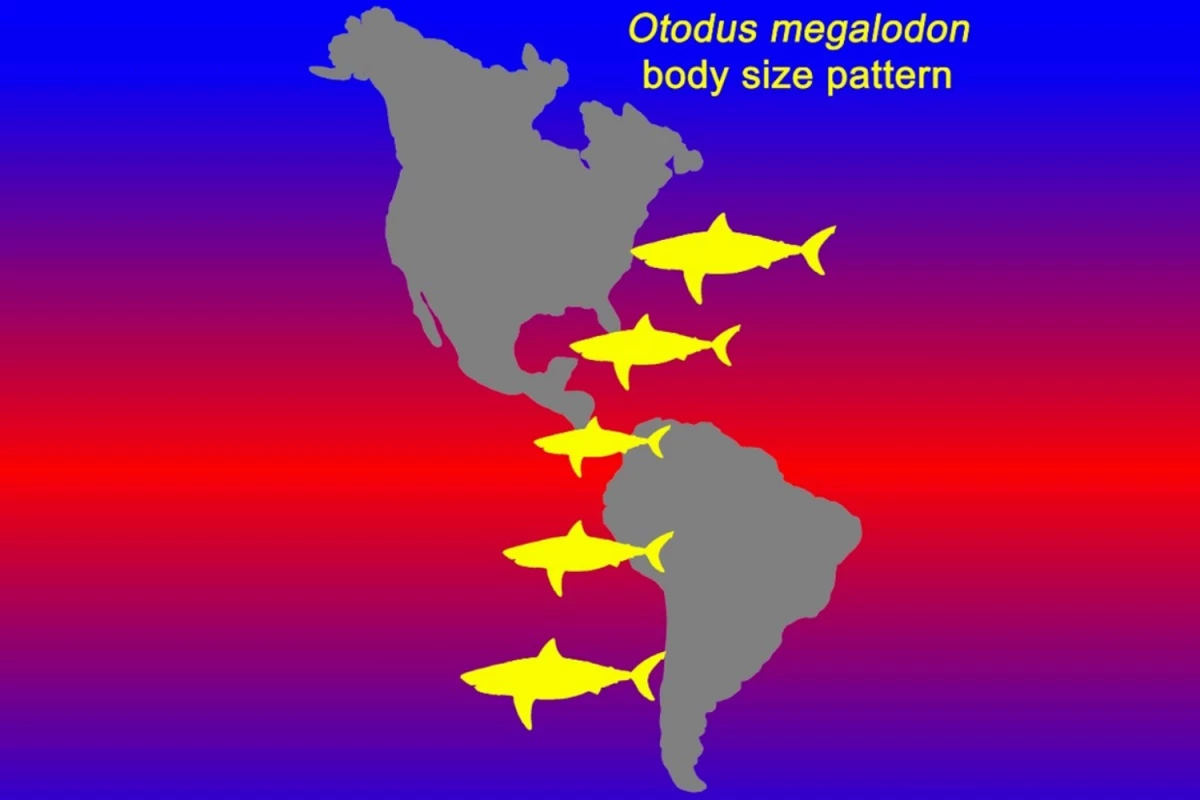Although it's not a hard and fast rule, marine animals that live in cold climates tend to grow larger than their warm-water counterparts. According to a new study, such may have even been the case with everyone's favorite prehistoric shark, the megalodon.
Back in the 1800s, German biologist Carl Bergmann first proposed that big animals tend to fare better than small animals in cold climates, due to the fact their large size allows them to retain heat more efficiently. Over time, thanks to selective evolution, this has resulted in cold-climate populations of any one species generally being on the bigger side.
More recently, a team of American scientists wondered if the same may have been true of Otodus megalodon, a prehistoric relative of the great white shark that lived throughout the world's oceans approximately 15 to 3.6 million years ago.
Because the cartilaginous skeletons of sharks don't usually fossilize, estimates of the megalodon's length are based mainly on fossilized teeth – and a few vertebrae. Those estimates generally range from a maximum of 50 to 65 feet (15 to 20 m).
Previously, because megalodon teeth found near the equator tended to be smaller than those found elsewhere, it was theorized that equatorial regions may have served as "nursery areas" for juvenile sharks. After reviewing numerous existing studies on the size of megalodon teeth found at different latitudes, however, the US scientists now propose that those small teeth may have actually come from small adults – not from youngsters.
"It is still possible that O. megalodon could have utilized nursery areas to raise young sharks," says Prof. Harry Maisch, of New Jersey's Fairleigh Dickinson University. "But our study shows that fossil localities consisting of smaller megalodon teeth may instead be a product of individual sharks attaining smaller overall body sizes simply as a result of warmer water."
A paper on the study – which was led by Prof. Kenshu Shimada from DePaul University in Chicago – was recently published in the journal Historical Biology.
Source: Taylor & Francis Group




